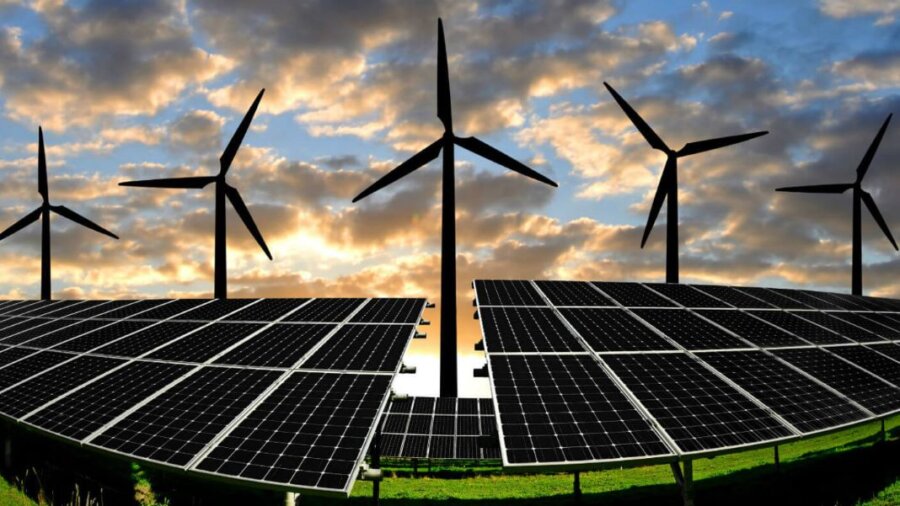A common concern about the green energy transition is whether we’ll have enough materials to build all the wind turbines and solar panels required. A new analysis suggests planet Earth has more than enough to go around.
The technologies that will be crucial if we are to switch from fossil fuels to renewable energy require some highly specific materials. For instance, wind turbines need considerable amounts of fiberglass to build their blades, and solar panels require huge amounts of high-grade polysilicon. Rare earth metals are also needed in a wide range of renewable power technologies.
A rapid expansion in green energy roll-outs will massively increase demand for these key ingredients, not to mention boosting requirements for structural materials like steel, cement, and common metals used in electronics like copper and nickel. But efforts to assess whether we have the capacity to meet that demand have been piecemeal.
That prompted researchers to carry out the most comprehensive account to date of the materials needed for the green energy transition. In a paper published in Joule, they show that even under the most ambitious scenarios Earth’s geological reserves of these key ingredients are more than sufficient. And while extracting them will result in significant carbon emissions, these will be a fraction of what will be produced if we don’t switch to renewable power.
The analysis estimated demand for 17 key materials used in renewable energy generation technology between 2020 and 2050. The authors consider 75 different scenarios that differ in how quickly certain technologies are deployed and the speed with which emissions are reduced.
Crucially, the scenarios they considered took into account the fact that renewable generation will not only need to replace existing fossil fuel plants, but also expand overall capacity to meet the expected growth in demand for electricity over the coming decades. They also looked at a range of different projections about how much material will be required for each of these technologies.
For almost all the materials, they found that total demand only represented a small fraction of “geological reserves,” which refers to global reserves that can be recovered economically. The one outlier was the rare earth metal tellurium, which is used in emerging thin-film solar panels. Under some scenarios, demand could outstrip total reserves, which the authors concede could limit the rollout of this technology.
Even if the reserves are there, though, the analysis found that we will need to significantly expand the rate at which we produce or extract these resources. Yearly fiberglass requirements could be as high as 66.4 percent of today’s total production capacity, while annual demand for the rare earth metals dysprosium, neodymium, and tellurium will be 309.4 percent, 271.4 percent, and 372.4 percent of what we currently manage.
This will inevitably lead to a significant jump in emissions from the industries involved in providing these materials. However, the researchers found that even in the worst case, the emissions would total 29 gigatons of CO2 equivalent, which is a tiny fraction of the 320 gigatons we can still emit and have a good chance of avoiding more than 1.5 degrees of warming.
The analysis does miss out on a key source of future demand for many of these materials: batteries. Given the expected worldwide transition to electric vehicles and probable need for grid-scale storage, that could change the math considerably.
In addition, experts have pointed out that increased emissions and total reserves aren’t the only concern when it comes to a massive increase in material extraction and production. Mining these materials is often highly damaging to the environment, and many of these resources are concentrated in countries that have exploitative labor practices, such as the Democratic Republic of Congo, or tense relations with the West, such as China.
Increasing extraction to the levels required by these scenarios would also raise fundamental logistical issues. Demetrios Papathanasiou, global director for energy and extractives at the World Bank, told MIT Technology Review that over the next three decades we’ll need to mine the same amount of copper as humanity has mined to date.
We may get some help from innovations in recycling and efforts to reduce the amount of materials required by these technologies, but the authors warn this is unlikely to make a significant difference in total demand. “With the power sector becoming a sizable industrial consumer of some inputs, the mining and mineral processing sector will consequently play a crucial role in supporting the clean energy transition,” they conclude.
Image Credit: jaroslava V/Shutterstock.com
